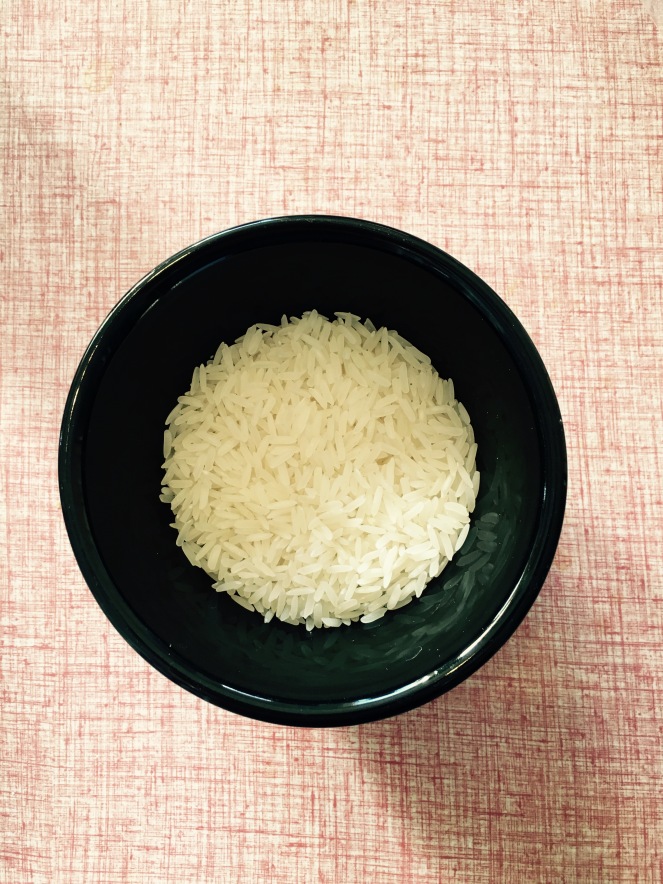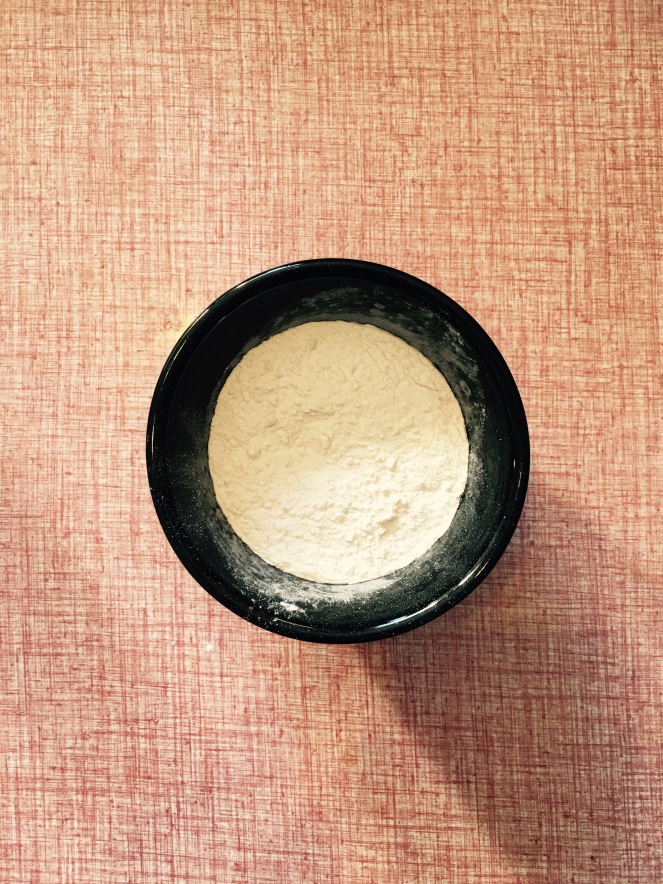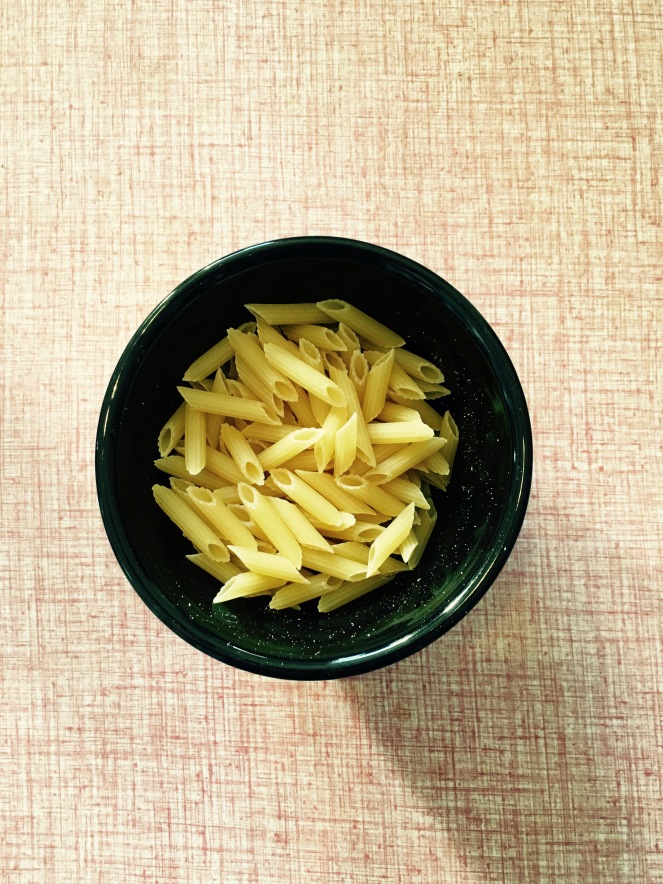Let’s start at the beginning. What does every kitchen need, you know, food-wise? You can’t be running to the store every day. There have to be some basic staples that can be kept on hand at all times right? To make this easy let’s break it up between pantry and refrigerator. Pantry first:
Grains, they don’t really spoil, which means you can have them on hand at all times.
RICE: No grain is more ubiquitous than rice. Unless you bake a lot, rice will see more use than any other starch in your pantry. Rices, for all intents and purposes, are broken down into three basic categories: long, medium, and short. Long grained rices (Basmati) are more fragrant and tend to stay more intact after cooking due to the fact that they are high in amylose whereas medium (Arborio) and short (Sushi) grain rices are high in amylopectin and become softer and more sticky when cooked. I would suggest keeping a one pound bag of each on hand at all times, it won’t go off and it’s cheap. 
OATS: Oats are a versatile and increasingly esoteric food in this country. If I had to bet, I would say their uses are limited to oatmeal and cookies for the average bachelor. If you’re willing to attempt some baking, breads and muffins make good use of this ingredient. 
FLOUR: Like rice, flour is kind of a big deal. Flour is used in a million different recipes, from pancakes to fried chicken, so I would definitely recommend keeping a pound or two around in your pantry. Before we move on let’s talk about flour’s friends, a couple ingredients that almost any recipe that calls for flour will also require. Baking powder and baking soda are super important to stock, trust me don’t bother buying flour without them. 
PASTA: There is a lot of variety when it comes to pasta. For the most part they are made of identical ingredients, the difference is in the shape. Different shapes have different purposes: a pasta that has a lot of surface area like a rotini is used to hold thick sauces, a flat pasta is good for chunky sauces, and noodle shaped pastas work best with thinner more delicate sauces. 
What is your method for keeping flour bugs at bay? I’ve had bad luck with these, but I’ve been freezing my flour for 24 hours and then storing it in an airtight container and that seems to be working. Is this overkill? Is there an easier way? And is it worth it to buy any flours other than AP if you only do basic baking? And what is the best type of oats to buy, because there’s totes too many kinds and I don’t know which ones do the most stuff. (Not sure I’m the intended audience of your blog but these are things I’ve been pondering)
LikeLiked by 1 person
I’ve actually never had any flour bug problems, but freezing it should kill the bugs and it won’t damage the flour as long as it is free of moisture, which it should be. If you only do basic baking all purpose flower is in fact all purpose. I like the chunky steel-cut oats, but if you don’t want to roll them yourself I would suggest pre-rolled, but not “quick oats” they are too thin and will dissolve.
LikeLike